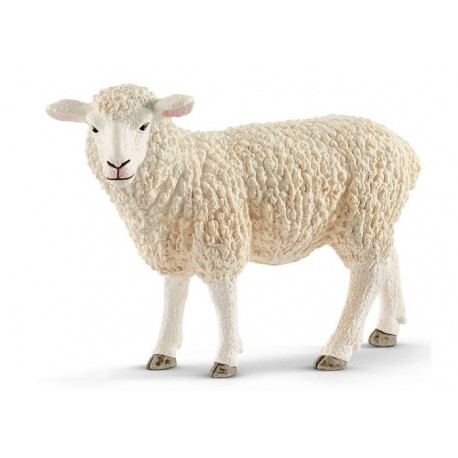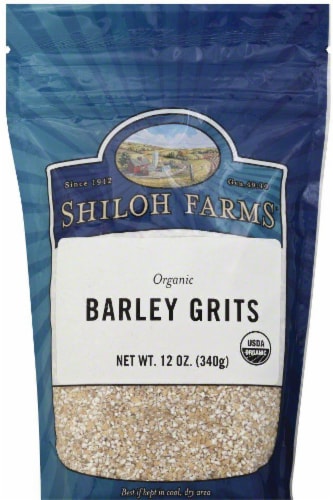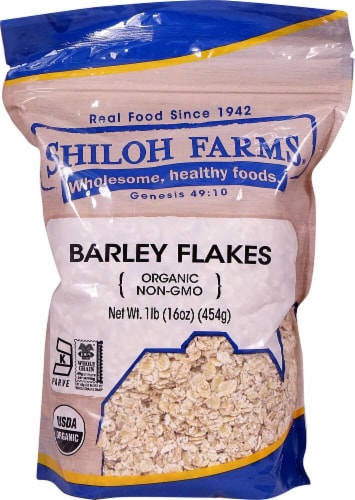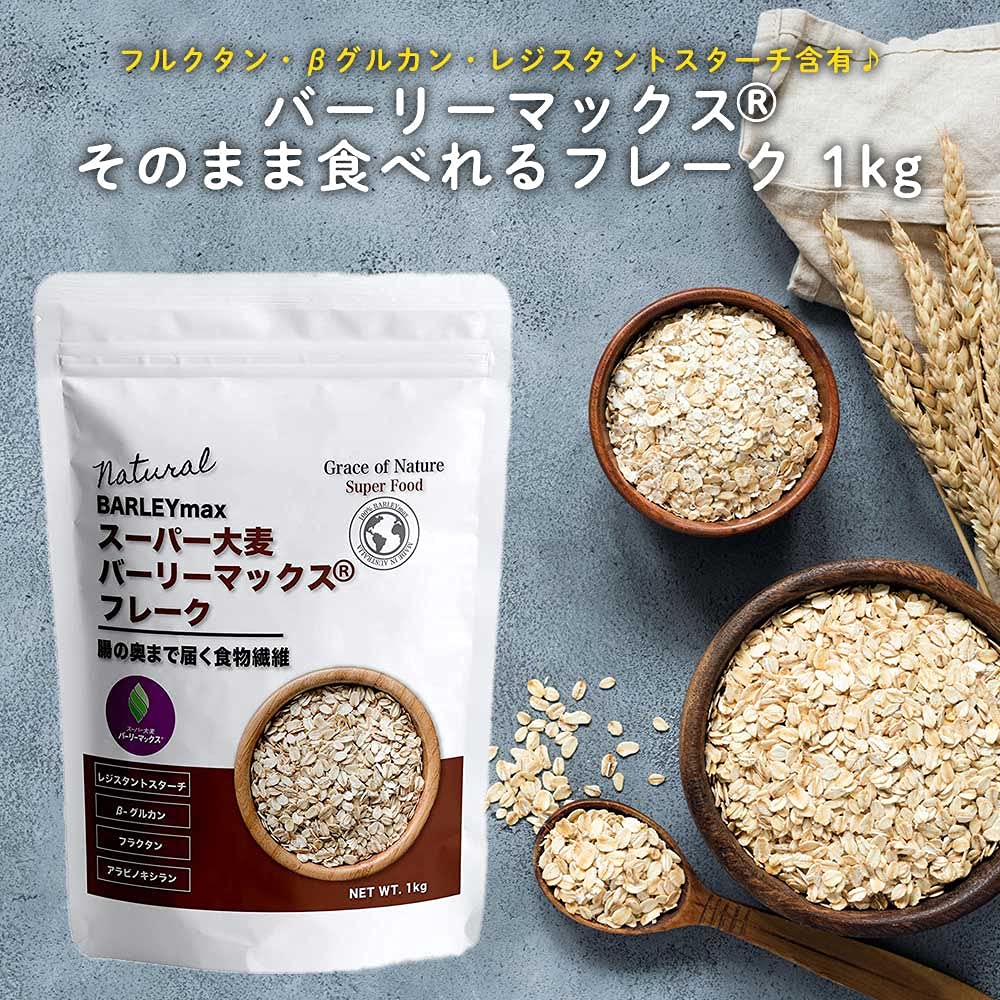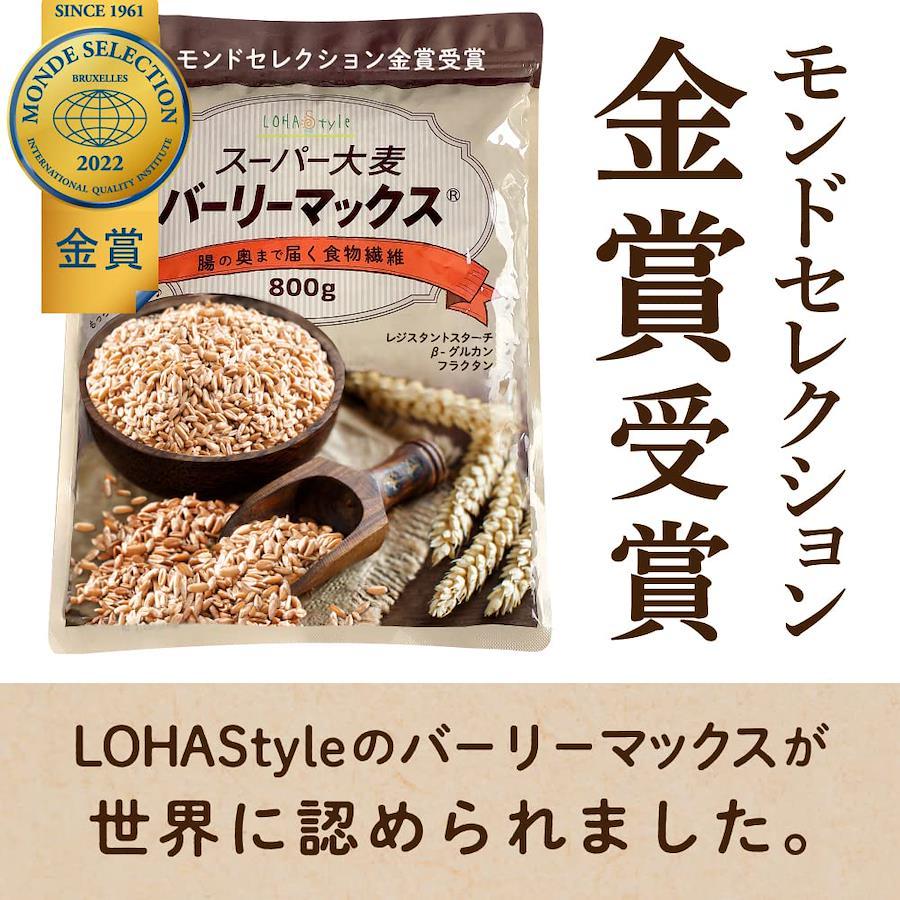Barley Straw Liquid Extract for Controlling String Algae -Safe and Natural
4.9 (781) · € 12.50 · En Stock
Our Barley Straw Liquid Extract is fish safe, natural and effective against string algae in ponds. A concentrated extract that is easy to apply and available in 3 sizes.
Green Vista's Barley Straw Extract Super Liquid uses the power of all natural barley straw to support clean aquatic environments and keep water quality at its best. It is scientifically formulated to help maintain a natural balance in pond water and to help prevent unwanted build-up of algae in the pond and on submerged surfaces.
This concentrate is made from all-natural, organic barley straw, so it is safe to use with fish, pets, and aquatic plants. Barley is an algae-inhibitor not an algae killer. It is intended to prevent the growth and spread of new stringy/mossy algae, so remove as much algae as possible before starting the treatment for best results!
Usage Instructions
Apply 1 oz. (30 ml) per 1,000 gallons of water.
Begin applications in the early spring and continue through the entire growing season.
For best results: Treat once per week in Spring and taper off to once per every 2 weeks by Summer.

Controlling Algae in the Pond — Aquarium Adventure Columbus
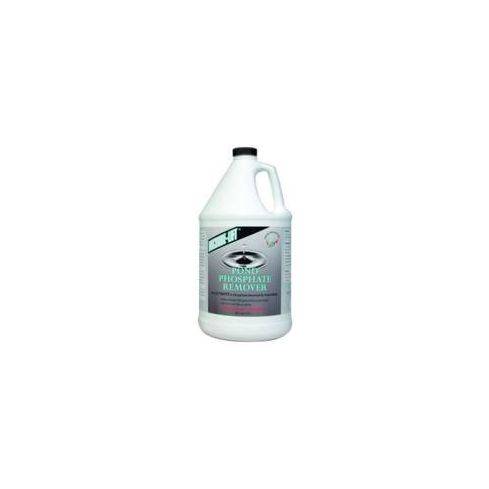
Microbe-Lift Barley Extract - 2 L - Pond Supplies Canada
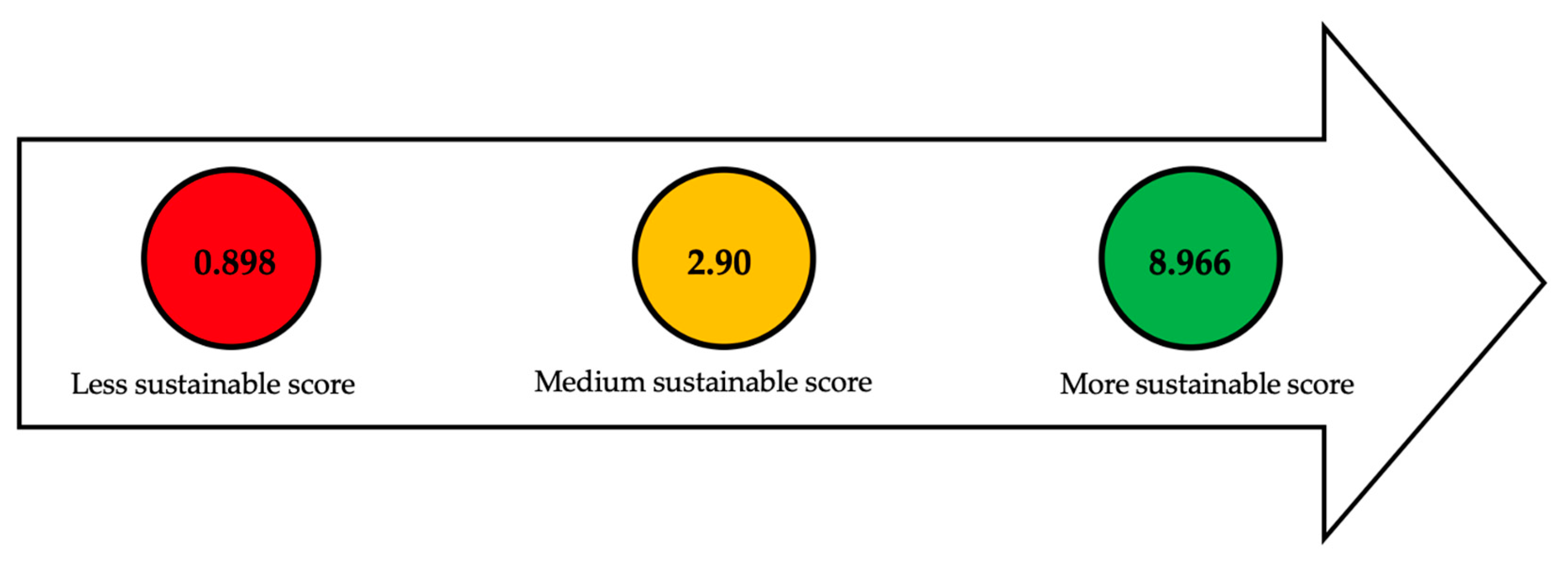
Energies, Free Full-Text

Algae anyone? – Garden Spirit

Treating Different Types Of Pond Algae - Water X Scapes

Energy recovery from wastewaters with high-rate anaerobic digesters - ScienceDirect

14 springtime water-garden care tips - A Way To Garden

Optical properties of straw-derived dissolved organic matter and growth inhibition of Microcystis aeruginosa by straw-derived dissolved organic matter via photo-generated hydrogen peroxide - ScienceDirect
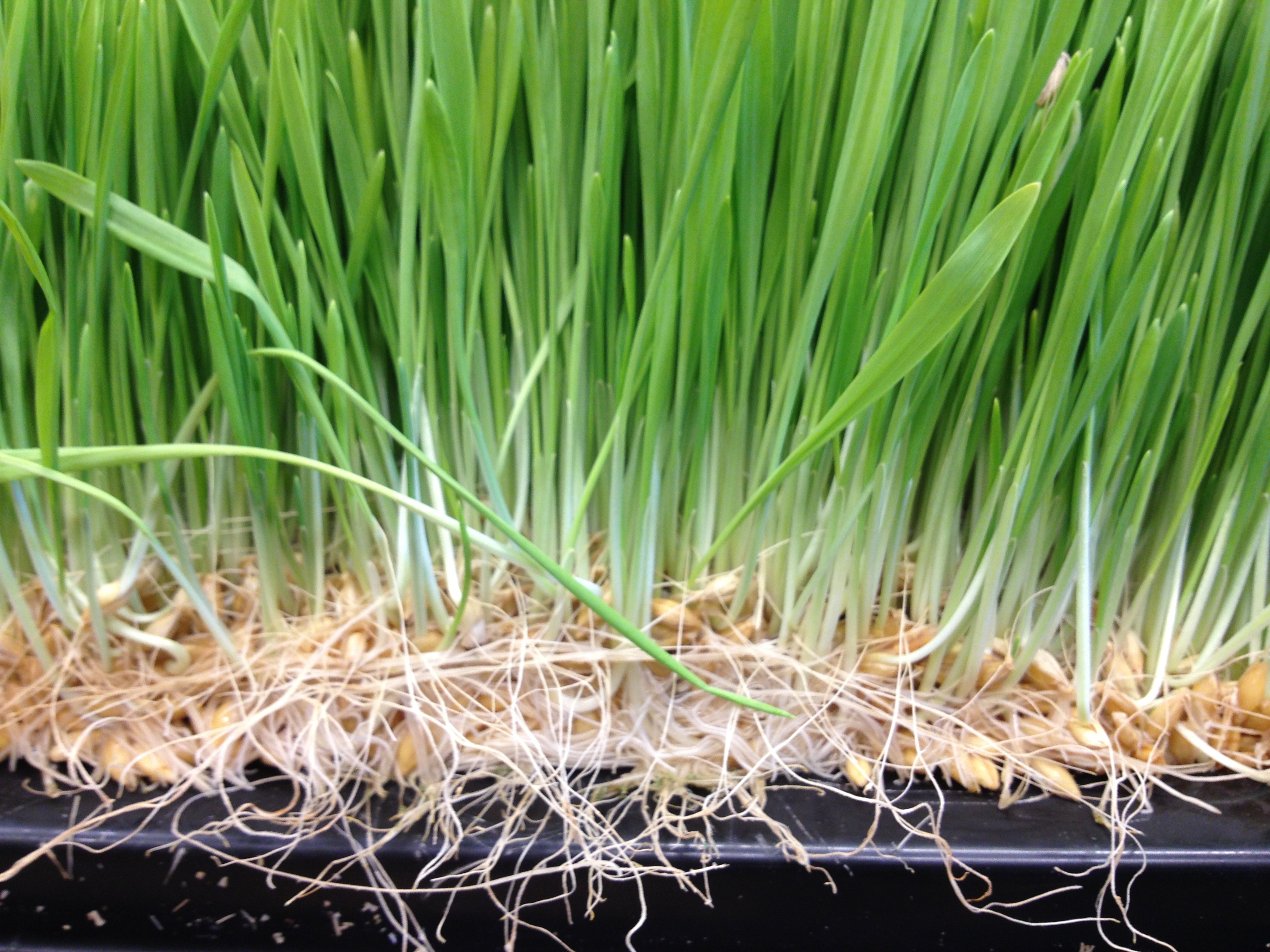
Does Hydroponic Forage Production Make Sense? - Alfalfa & Forage News - ANR Blogs

Science and Technology Roadmap for Adsorption of Metallic Contaminants from Aqueous Effluents Using Biopolymers and Its' Derivatives

Algae anyone? – Garden Spirit

Extraction and modification of hemicellulose from lignocellulosic biomass: A review



